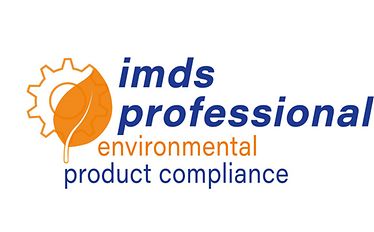The conformity evaluation process is the responsibility of the manufacturer and includes the creation of the required technical documentation along with internal production control that complies with Module A of Resolution 768/2008 of the European Parliament and the Council on a common regulatory framework for the marketing of products. The CE mark is issued according to the general rules set forth in Article 30 of ordinance (EC) 765/2008. It is subject to market monitoring. Severe sanctions may be issued if abused.
The following products are affected by the restrictions:
- Machines
- Lighting products
- Electric tools
- Entertainment technology, information and telecommunications technology devices
- Household devices
- Industrial and non-industrial monitoring and control systems
- Medical devices
- Toys, leisure and sports equipment
On July 2019, the directive’s requirements will then apply to nearly every electronic device.
Many of the user-related exceptions are time-limited and will only be extended individually upon request.
The restricted substances include
- Lead and lead compounds
- Cadmium and cadmium compounds
- Mercury and mercury compounds
- Sechswertiges Chrom
- Two types of brominated flame retardants (PBB and PBDE)
Starting in 2019, short-chained phthalates DEHP, BBP, DBP and DIBP will be included in the RohS directive.
Assessing products and processes in the supply chain
Analytical processes provide information on whether there are substances that are prohibited by law. In conjunction with manufacturer declarations and quality assurance agreements, these test certificates within the supply chain serve to verify a device’s RoHS compliance.
Analysis on homogeneous tools includes low-cost and prompt testing for the presence of the regulated substance via an overview method (screening). In case of a positive result, its exact contents are verified using a specific process.
We offer you an integrated and reliable assessment of RoHS conformity as part of product testing and certification. This helps immensely in achieving legal certainty. To do so, use the following options:
Assess the manufacturer’s documentation (Level 1)
Verify the documents that certify RoHS compliance in the supply chain (such as manufacturer declarations, quality assurance agreements, analytical results, general terms and conditions) and create a final declaration of compliance.
Product testing/analysis (Level 2)
Analysis on components and devices and create a RoHS confirmation of conformity for your product.
Product testing/analysis with conformity monitoring (Level 3)
Analysis on components and devices with yearly conformity monitoring and the issuance of a RoHS certificate for your product, including use of the VDE RoHS label.
Appraisal according to the IECQ process (Hazardous Substance Process Management)
We appraise the management processes for RoHS compliance as per IECQ regulations and, upon the fulfillment of conditions, confirm that the company in question has developed and implemented a process management system for avoiding hazardous substances for the products it manufactures and/or markets.
The VDE online database improves your market presence
The products that we certify as RoHS-compliant are published on our website at www.vde.com/zertifikate. Manufacturers, retailers and buyers regard RoHS compliance as an integral part of selecting a product. Therefore, you can use our offering on RoHS evaluation of products and their entry into the VDE Institute’s information platform website, which is well-known in the field of electrical engineering.
Our laboratory is one of the handful in the world that is accredited according to DIN EN ISO/IEC 17025 regarding global RoHS test standard IEC 62321 and has played a crucial role in standardizing this IEC test procedure. As such, the VDE environmental laboratory is an important institution for chemical studies worldwide, including the VDE environmental laboratory in China (Foshan).
China RoHS
An expansion of the China RoHS has been taking place since July of 2016. It applies to all EEP (electrical & electronic products). This definition of the product scope complies with EU RoHS (DC < 1500V & AC < 1000V). The parts of a product that contains the 6 RoHS substances in excess of the threshold value in homogeneous material must be marked with an X in the material documentation and the other with an O. Devices that do not contain any substances must be marked with a green “e”. If substances are present, the products must be labeled with the “environmental protection use period” product life cycle, the date of manufacture, and the material details in the product documentation.











